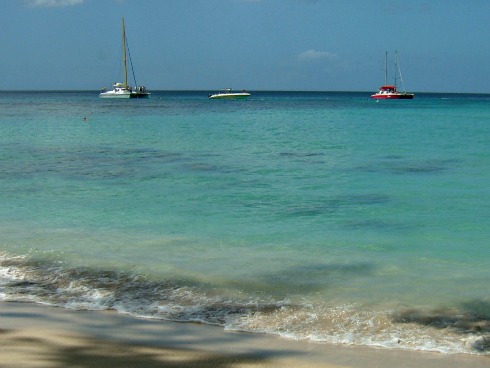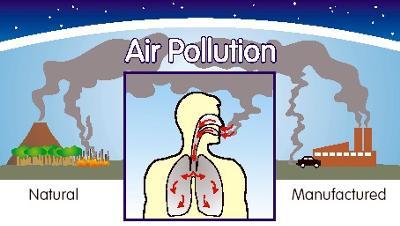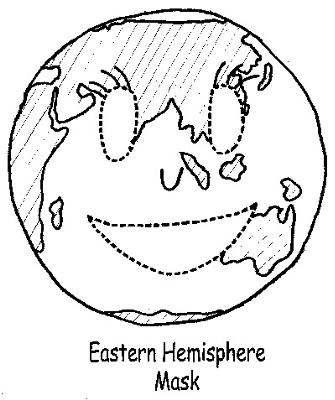- Air Homepage
- About us
- Online Weather Reports Florida
- Meteorology Sailing
Here's the meteorology sailing addicts need.
Search for more about recreation.
Take a look at the meteorology sailing enthusiasts love. Do you like water sports? Knowing your weather might help. Is understanding the weather fun for sailors?
The weather can help sailors make informed decisions about when to sail, which routes to take, and how to navigate safely. By understanding weather patterns and meteorological concepts, sailors can also appreciate and anticipate nature's beauty and power.
Sailing, for instance, is a sport that can vary widely according to how the weather is behaving. People who enjoy sailboats and yacht racing may examine local meteorology in order to excel in their hobby.🌊 Meteorology isn't just an advantage for sailors, it's essential. You need to understand weather patterns and conditions to make sailing great. No matter if you're a seasoned sailor or just a hobbyist, knowing meteorology can improve your sailing skills.
Make your journey on the water safer and more enjoyable with the knowledge you get from this guide. ⛵
A Sailor's Guide to Meteorology
Additionally, knowing weather patterns can help sailors become more skilled and competent at their craft. Understanding how wind, waves, and other weather conditions interact will help sailors control their boats and navigate better.
That said, not every sailor enjoys understanding the weather, and some may simply view it as a necessity. Ultimately, how much a sailor enjoys understanding the weather depends on their interests and preferences.
Wind powered boats require both skill and strength to maneuver. Sailors need to be able to quickly adjust the sails to take advantage of the wind's power. In order to keep the boat on course, the sailor must also be strong enough to handle the sails.
Hobbyists build and sail model ships instead of sailing real ships. For these people, meteorology is less of a study, since their lives don't depend on it.
Sailing can be relaxing and safe, but safety should always come first. It can be as simple as sitting on the dock of the bay.
That's me on my Rock'n Roll Youtube channel.
A little help with meteorology sailing...
You can take sailing courses in some places. You can take a meteorology course (or several, like I did). If you want intensive training, take a week-long class. In these classes, you'll get meteorology training and experience handling sailboats and bigger boats. RYA, which stands for Royal Yacht Association, a UK group, offers some courses.
The tides are just as important as knowing some meteorology. Near the ocean, there's probably education available for learning the ages-old skills of sailing small wind-powered boats.
Learning to sail involves avoiding storms. A good course will teach you how to interpret the weather, and there might even be a meteorologist on staff. Studying weather and sailing the high seas go hand in hand. Perhaps you can learn a little about navigating by the stars too.
Small marine craft weather and meteorology
Weather and meteorology play a huge role in small marine craft navigation. Consider these concepts:
- Small boats can be affected by wind speed and direction. Strong winds can cause big waves and choppy conditions, making it hard to steer and control. As boats sail with or against the wind, wind direction can also affect navigation.
- Wind creates waves, which can vary in size and direction. Small boats are especially vulnerable to large waves, which can cause capsizing or damage. It's important for small craft operators to know what causes waves and how to navigate through them safely.
- Storms: Thunderstorms, hurricanes, and other severe weather conditions can damage small boats. To avoid dangerous conditions, monitor weather forecasts and take appropriate action.
- Tides and currents can affect navigation and speed and direction of small boats. Safe navigation requires an understanding of tidal cycles and currents.
- It's hard to navigate in fog because it reduces visibility. To avoid collisions, small boats should have navigation equipment and lights.
It's possible to sail without going out on the water if you snow ski with a sailed craft like the Kitewing (brand name). If you want to stay safe on the slopes, you need to know the weather before sailing down the side of your mountain.
You'll also need sailing gear like a harness and a helmet. Be aware of your surroundings and ski with an experienced partner. For a Kitewing to be safe, the wind needs to be strong enough to lift it off the ground but not too strong that it becomes uncontrollable. Additionally, the wind must come from a consistent direction, so the user knows which way to go.
Go back from Meteorology Sailing to the Snow Wallpaper webpage. Or visit the Stuff in the Air homepage.
To ensure safe navigation, small craft operators should stay on top of weather and ocean conditions. As weather and ocean conditions can change quickly, check weather forecasts and monitor conditions throughout the day. Small boats also need safety gear, like life jackets, flares, and communication equipment, to help keep everyone safe.
Search this site for more information now.
Weather Sailing | How will it affect your trip?
Do you enjoy riding the waves? Keep an eye out for potential hazards and opportunities in the air. You can gain an advantage by understanding the meteorology that affects sailing.





New! Comments
Do you like what you see here? Please let us know in the box below.